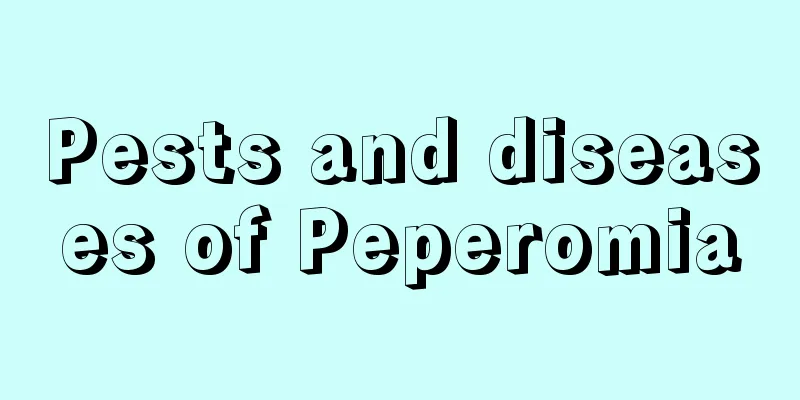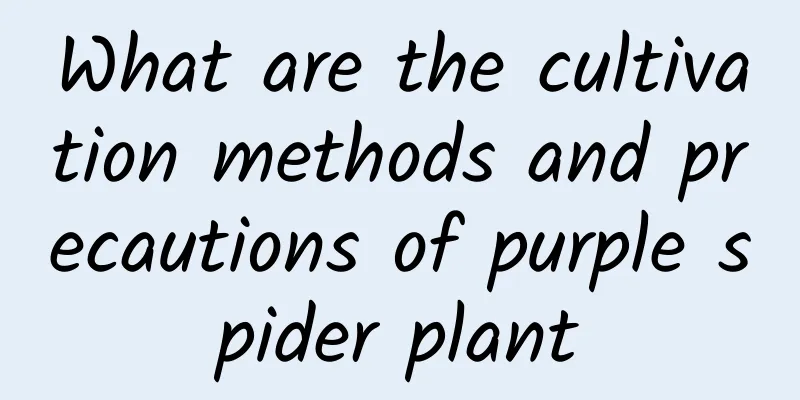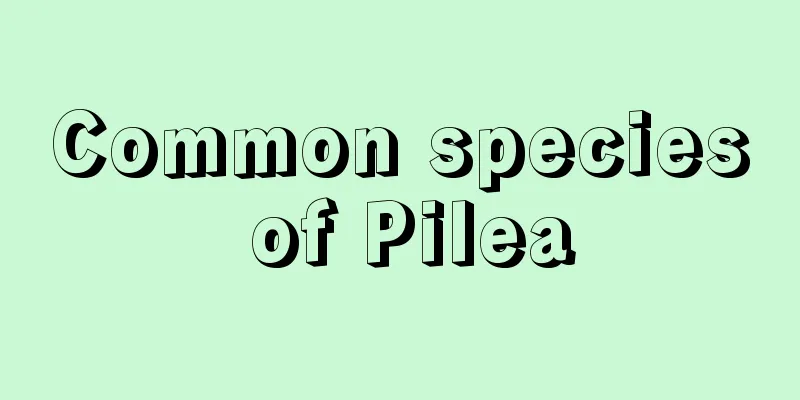Pests and diseases of Peperomia

Diseases of Peperomia rotThe most common diseases of peperomia are root rot and stem rot. Root rot is mainly concentrated on the roots and is caused by pathogens. It mainly harms young plants, but adult plants can also develop this disease if you don't pay attention. Stem rot, as the name suggests, is a disease that grows on the flower stems of the plant. It appears dark brown at the beginning, and then the disease gradually becomes more serious. It will slowly rotate around the neck and the cortex will rot. Both of these diseases are mostly caused by overwatering, which keeps the soil too wet, allowing bacteria and pathogens to infect the plants. Prevention and treatment measuresWatering should be moderate at normal times. Choose flower pots with good water permeability to avoid water accumulation in the pots. At the same time, practice the principle of " don't water unless the soil is dry, and water thoroughly when you do ." Water the plants with root rot killer diluted a thousand times every half a month. It is best to prevent and control the disease before it occurs, because once infected, the bacteria are likely to attach directly to the soil and be difficult to remove. Once infected, you have no choice but to change the pot and soil and disinfect everything. Anthracnose of PeperomiaThe main reason is that the air humidity is high, and the moisture on the leaves cannot dry out for a long time, which easily leads to the occurrence of diseases. It mainly harms unripe or ripe fruits, and can also harm flowers, leaves, main axes, etc. When the disease occurs, small black spots appear first, and then if no attention is paid, they will quickly expand, and then the small spots will connect into one, and the disease will quickly occur. Prevention and treatment methodsDuring the breeding process, it is best to do a good job of ventilation management, water in the morning, and use fungicides such as chlorpyrifos, benomyl, and thiram regularly for prevention and treatment, preferably for a period of half a month. It is best to prevent and control this disease before it occurs. Once infected with anthracnose, it is likely to destroy the entire plant. |
<<: Disease and Pest Control of Lyreleaf Coral
>>: What to do if the leaves of spiderwort wilt
Recommend
Can you grow succulents with sawdust?
Can sawdust be used to grow succulents? Sawdust c...
Can the green treasure grow again after losing its leaves?
1. Can it still grow? It is normal for Green Trea...
Cultivation methods and precautions of Fugui seeds
1. Maintenance methods 1. Temperature: It likes w...
Why can't peach trees be planted at home? Where can peach trees be planted at home?
You can plant peach trees at home. Because they h...
How often is it best to water the cactus?
How often should I water the cactus? Generally sp...
Cutting method of Euphorbia milii
Euphorbia milii is highly ornamental and grows fa...
Detailed explanation of rose water propagation method (picture)
1. Branch selection In spring and autumn, choose ...
How often should eggplant be watered?
How often should eggplant be watered? When caring...
How to take care of the newly bought tiger tail orchid
1. How to deal with the newly bought tiger tail o...
Can urea be used as foliar fertilizer? (How many times should urea be diluted to be used for foliar spraying?)
The effect of fertilizer application on crops dep...
Can geraniums be planted in the ground?
Can geraniums be planted in the ground? Geraniums...
Is it good to water flowers with overnight tea? The wonderful way to water flowers with overnight tea
Is it okay to use overnight tea to water flowers?...
How to propagate witch hazel
How to propagate witch hazel The main method of p...
Is lily a fruit or a vegetable?
Is lily a fruit or a vegetable? Lily is a vegetab...
The difference between purple peony and dahlia
1. Leaf Difference The leaves of purple peony are...









